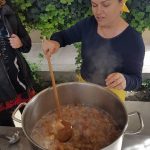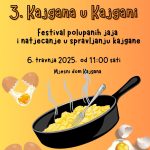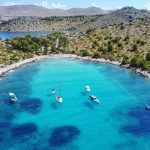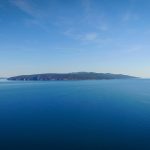TCN headed to Croatia’s smallest county on October 16, 2016, and met Mate Horvat, the last living piece of Croatia’s gold prospecting history on the River Drava. And he put on quite a show.
He is I think the most impressive man I have met this year.
He waited patiently for the emerging media pack, some 20 in all, the first of two groups of journalists who had come to see how he performed a dying tradition on the banks of the River Drava that he himself had started way back in 1937 at the tender age of 15. What struck me about him was his sense of calm and contentment with life, showing an agility and coherence that belied his 94 years.
His name is Mate Horvat, the last surviving gold panner of the ‘Croatian Colorado’ on the banks of the River Drava.
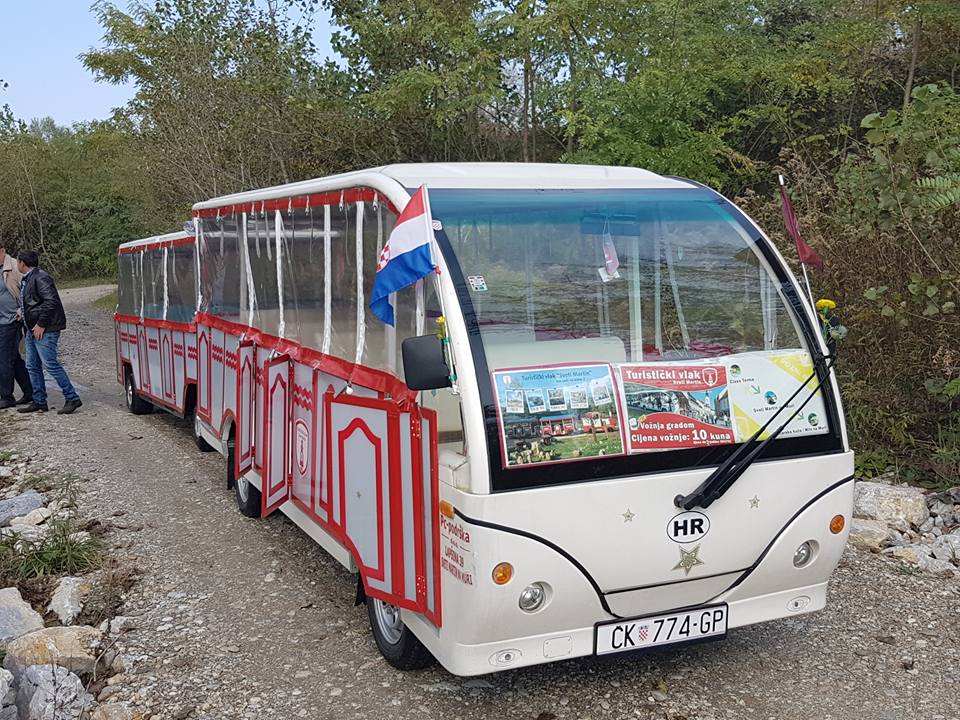
Yes there we go again. Just when you think Croatia can no longer surprise, a visit to a gold panning region. Not much gold prospecting these days since the introduction of hydro plants on the Drava in the 1950s, which resulted in a significant reduction of gold deposits in the sand on the riverbed. The last large organised gold panning there was in 1953, by which time Mate Horvat was a veteran.
These days, it is possible to enjoy the experience of what it had been like with a pleasant tourist train taking tourists 1.5km through the corn fields to the Drava, which glistened in the mid-October sunshine. The appearance of Mate Horvat is not a usual one, and the task for tourists is undertaken by local association ‘Donji Vidovec’, who keep the tradition alive for visitors to Medjimurje today. Check out the video below to watch the whole process in action.
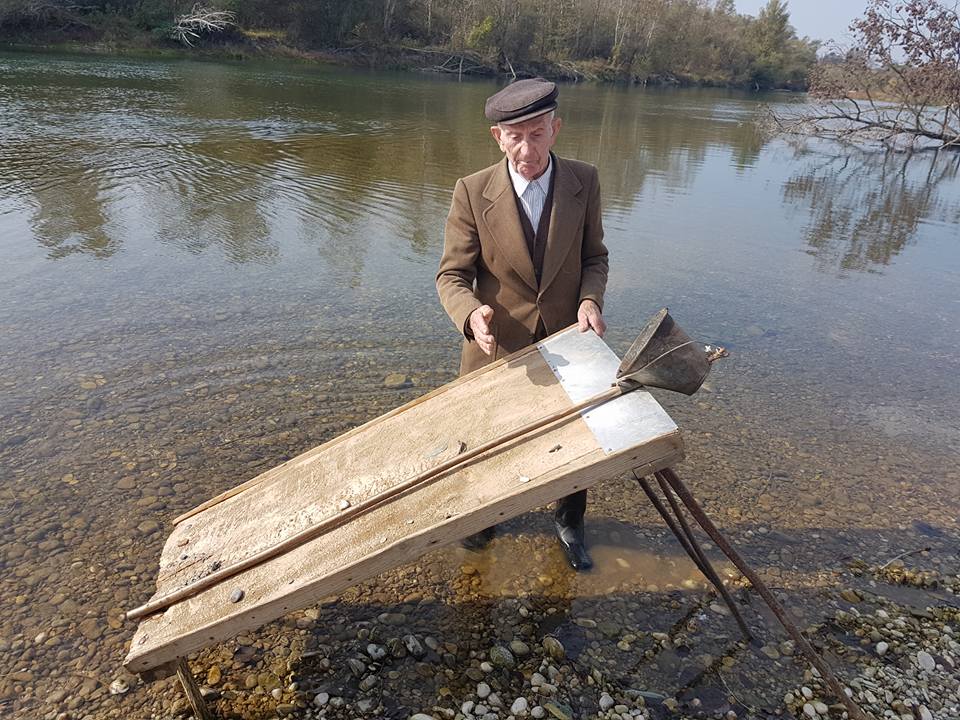
We were privileged to be hosted by the true expert, who refused to be hurried in his explanations, before answering all questions with patience, and then showing enviable agility for a man of his age in demonstating the process.
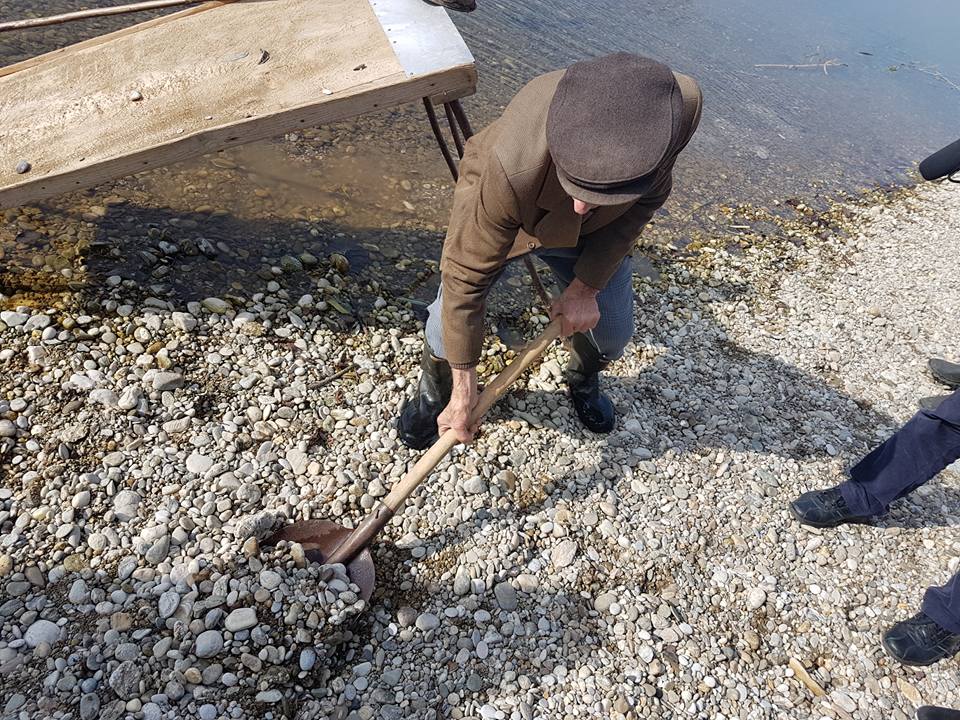
At its height, Mate would find himself with up to 200 people at a time panning on the river. They worked the board in twos, and the days were long and rarely rewarding. Nobody got rich in the Croatian Colorado…
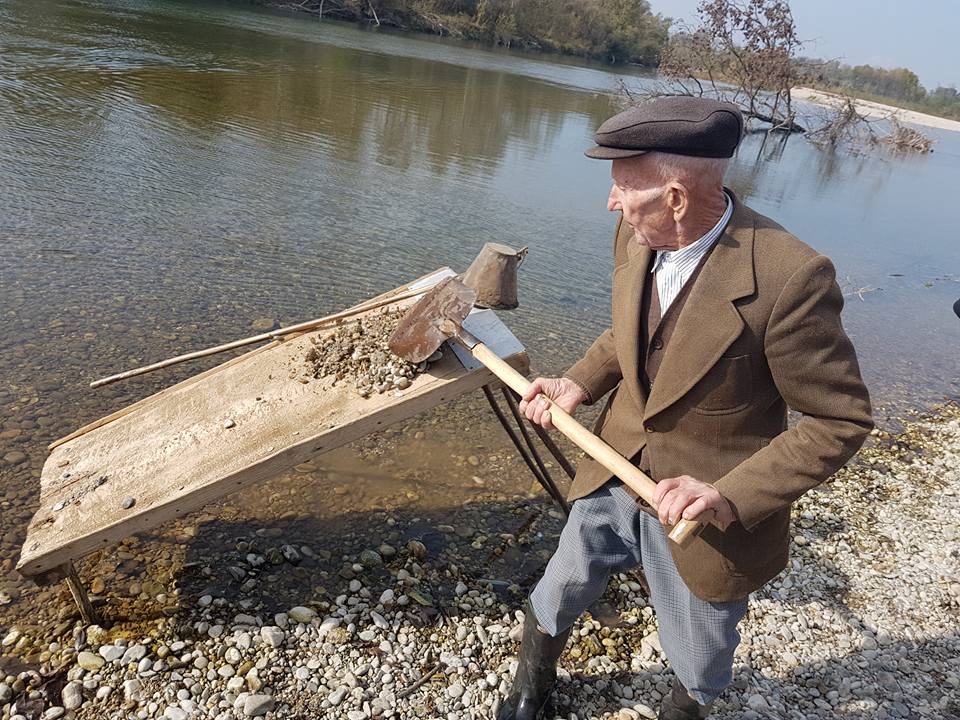
The first step was to shovel some of the sand and gravel onto the slanting board. Gold concentrations were apparently ranging from 2.5 to 14.4 mg/m3. There is a document from the 17th. century which says that the Austro-Hungarian Emperor Leopold took in 1671 from the treasury of Petar Zrinski 41.5 gold coins made from gold which had been panned from Drava. Empress Maria-Theresa gave in 1766 a charter to a family in Donji Vidovec by which they acquired rights to gold-panning. The same village organized a cooperative for panning gold and for agriculture in 1946.
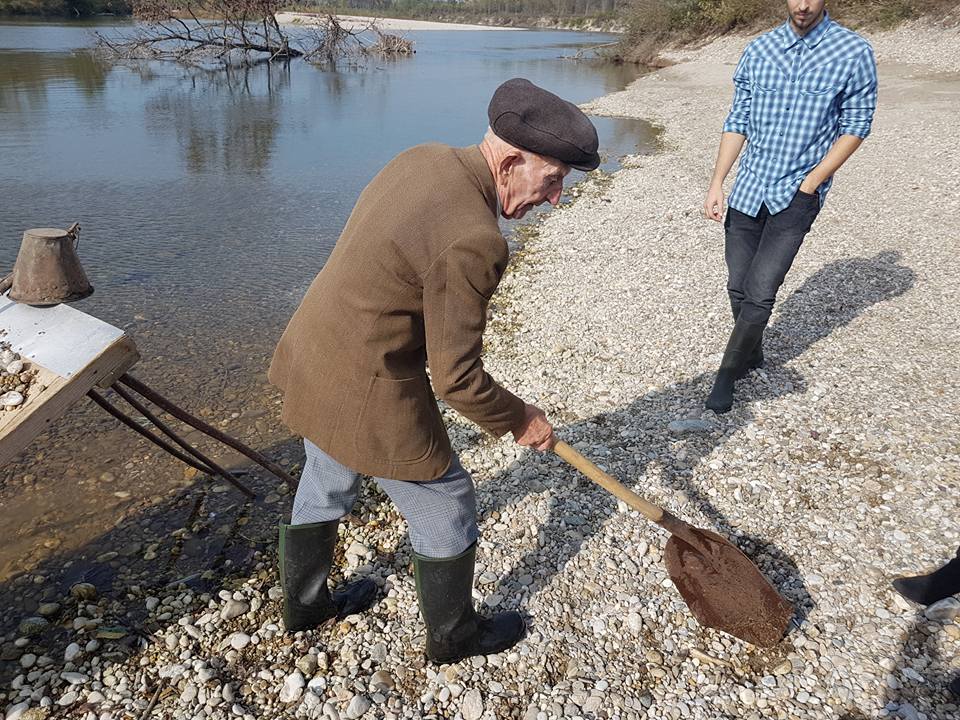
The method changed little over the decades and centuries.
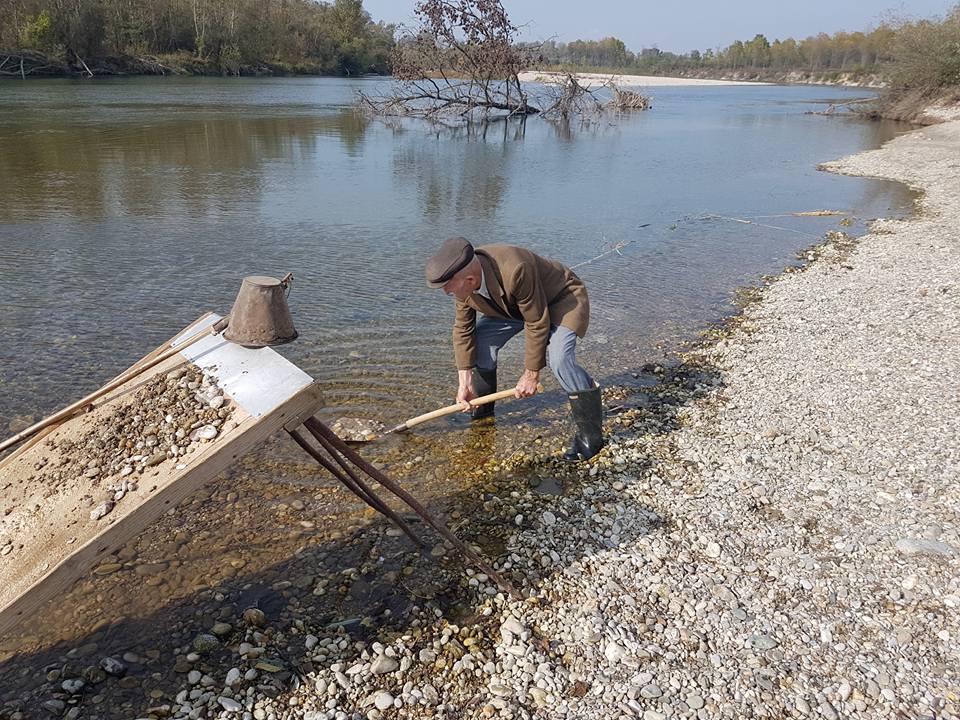
Mate was an expert, working quietly and efficiently.
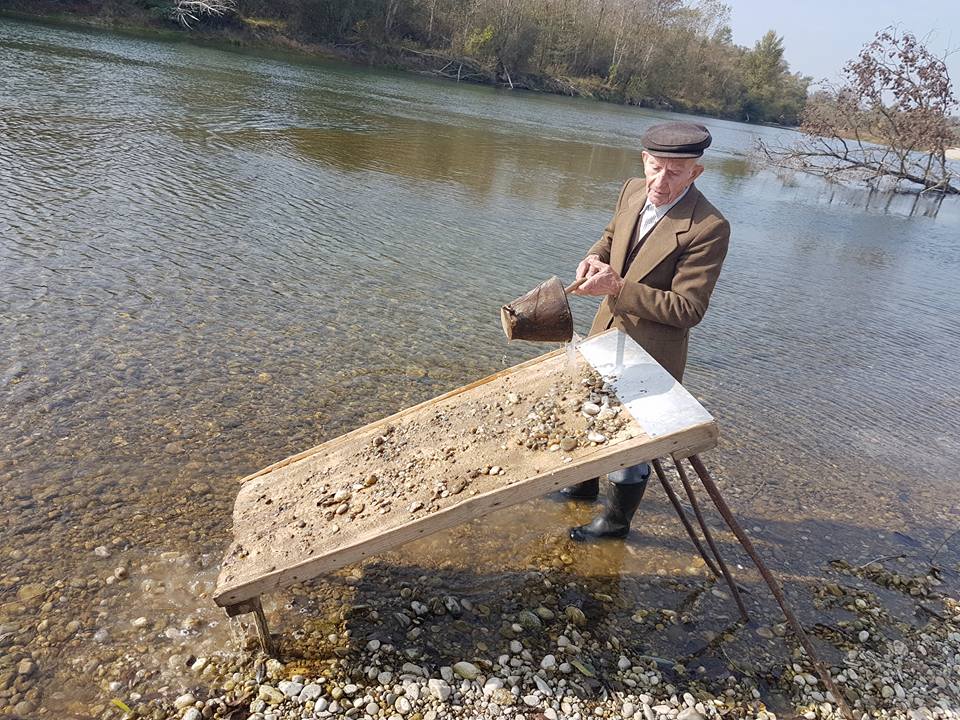
The next step was to wash the gravel and sand on the board, much of which would wash away. The gold is heavier and clings to the threads of the board.
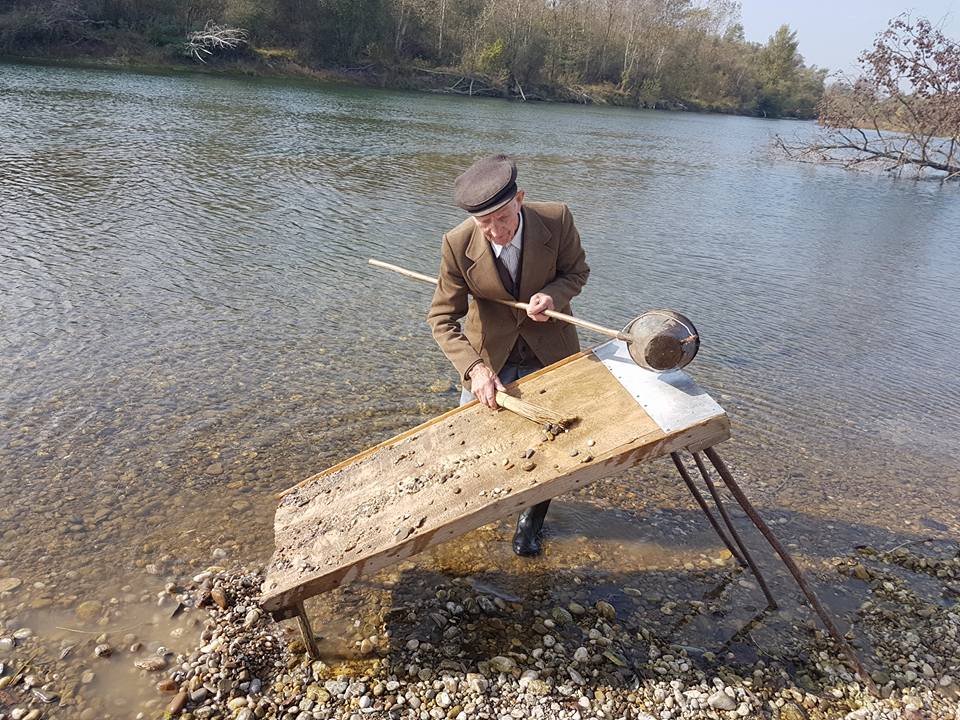
We asked Mate what his biggest ever haul was in a single day, and he fondly remembered a whole 15 grammes in one shift, which he sold for 42 Yugoslav dinar a gramme. Nobody could figure out how much that was, but in today’s high gold priced society, it would fetch about $600 on the open market, although one suspects that gold panners on the Drava were not getting the best global prices – while some of the gold went to the local town of Donji Vidovec, more went to Hungary and the most to Belgrade.

Next step is to brush down the board to get rid of more excess debris.

Before separating the rest onto a smaller board.
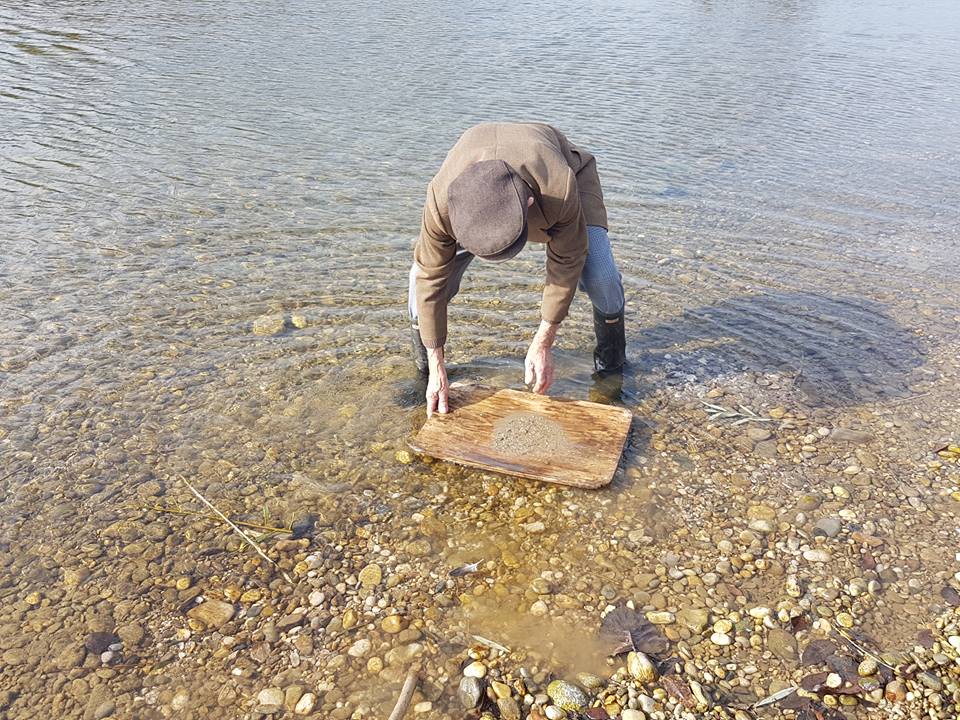
Which was then carefully washed in the river.
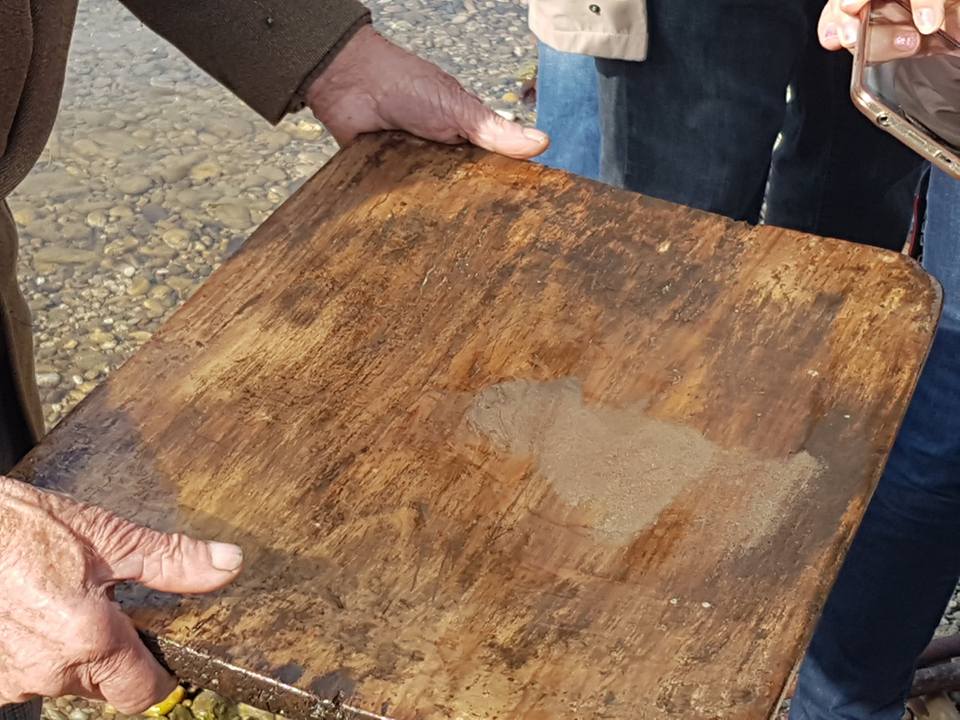
Leaving some sand and hopefully, some grains of gold. We were out of luck that day (we only had 20 minutes for the whole show), but the gold is then extracted by adding mercury, which bonds to the gold. It is put in a linen cloth and squeezed which gets rid of some of the mercury, and the rest is burned away, leaving the gold specks bonded together.

Perhaps the group following us would have more luck…
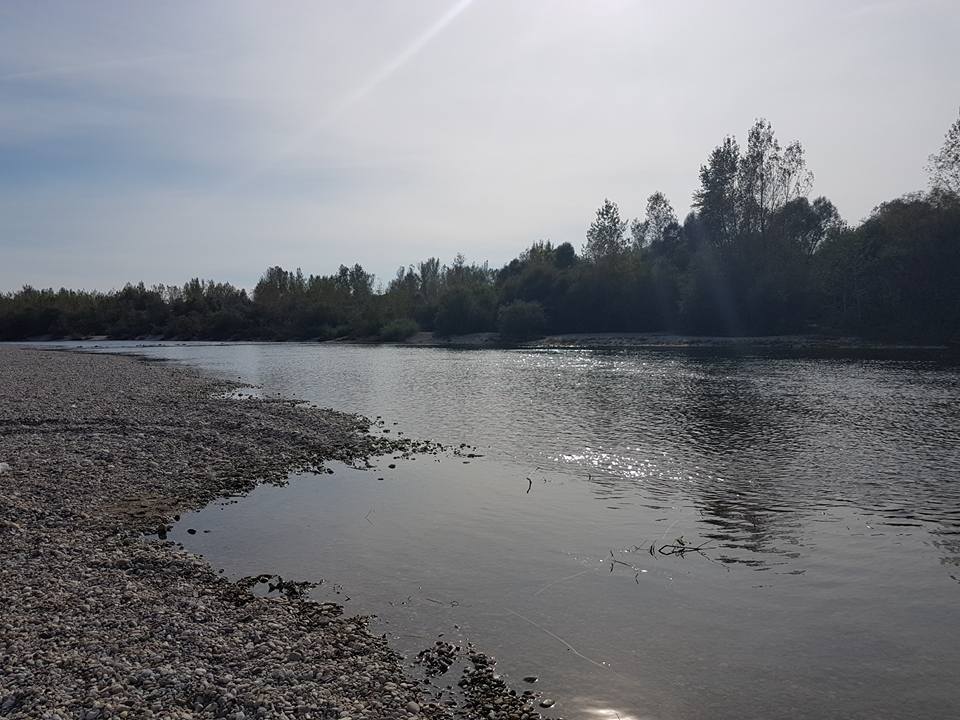
It was a delighful spot, and the tourist offer comes with the option of a boat ride down the river.
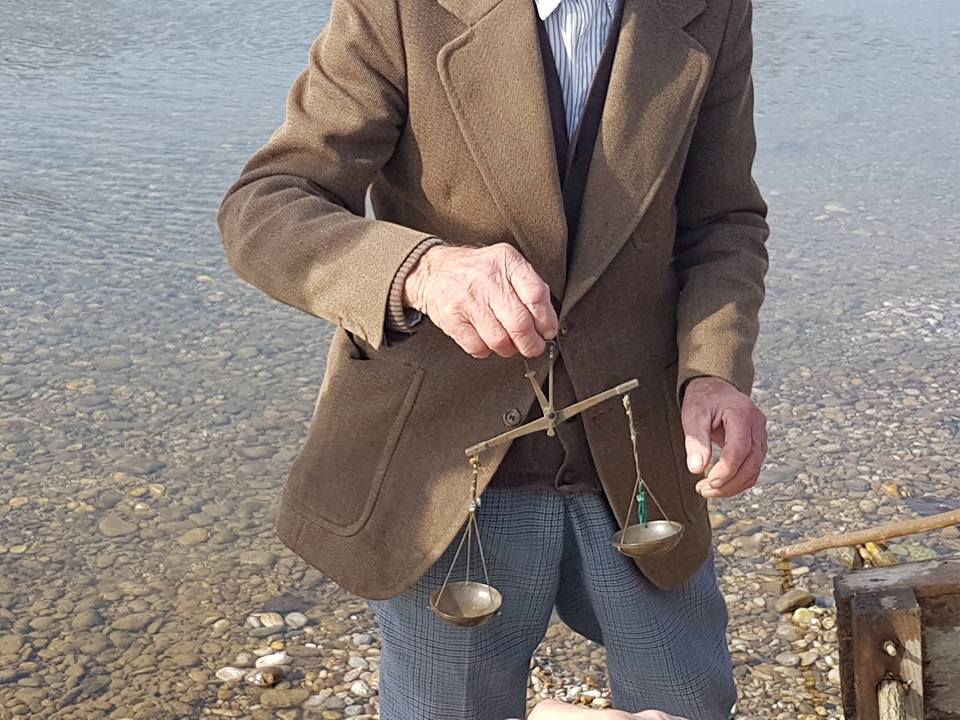
Mate had his trusty tools for the job, just in case.
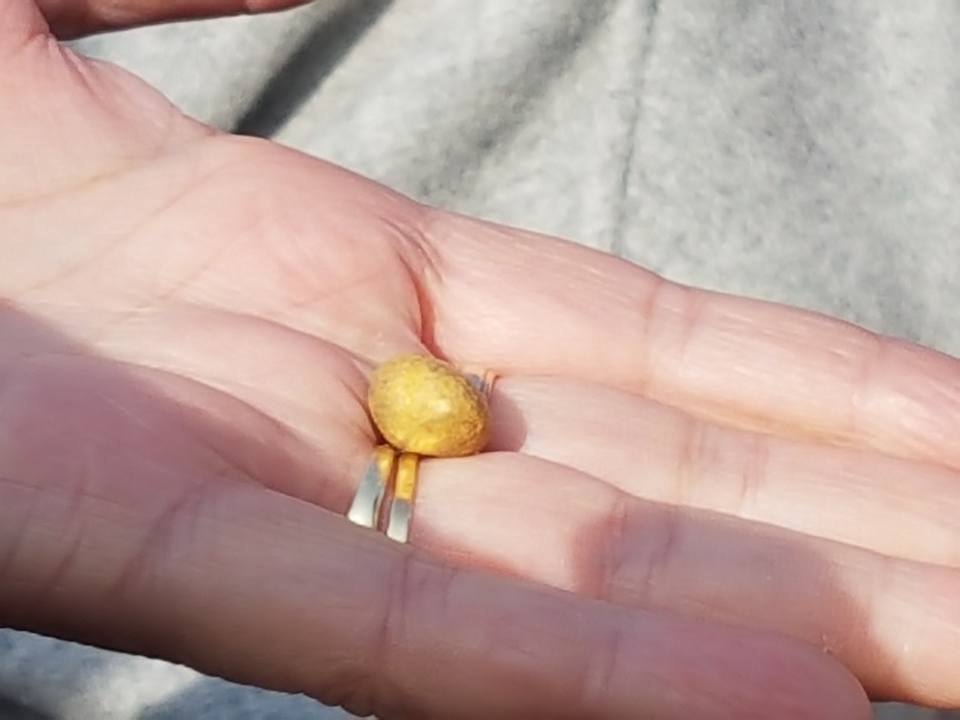
And any disappointment that we did not become instant millionaires was somewhat mitigated when Mate magically produced 10 grammes he had panned earlier.
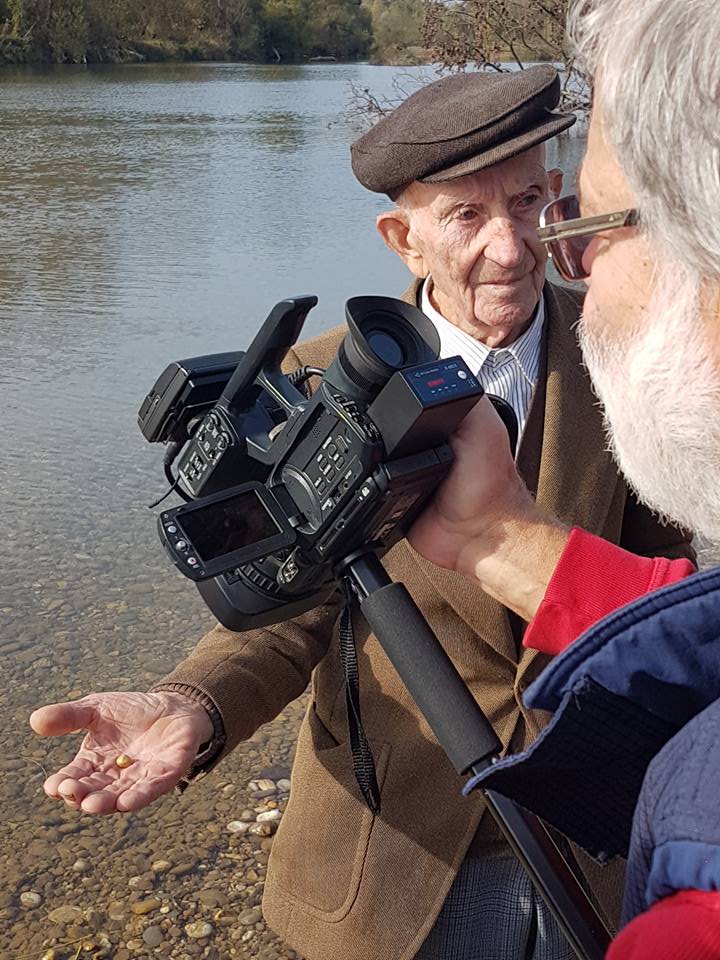
A delightful experience, a lovely man, and one more mystical tradition in fascinating continental Croatia. With thanks to Gastronaut and the Medjimurje Tourist Board for organising the visit.
With thanks to Marija Baric for the video of Mate in action, above.



